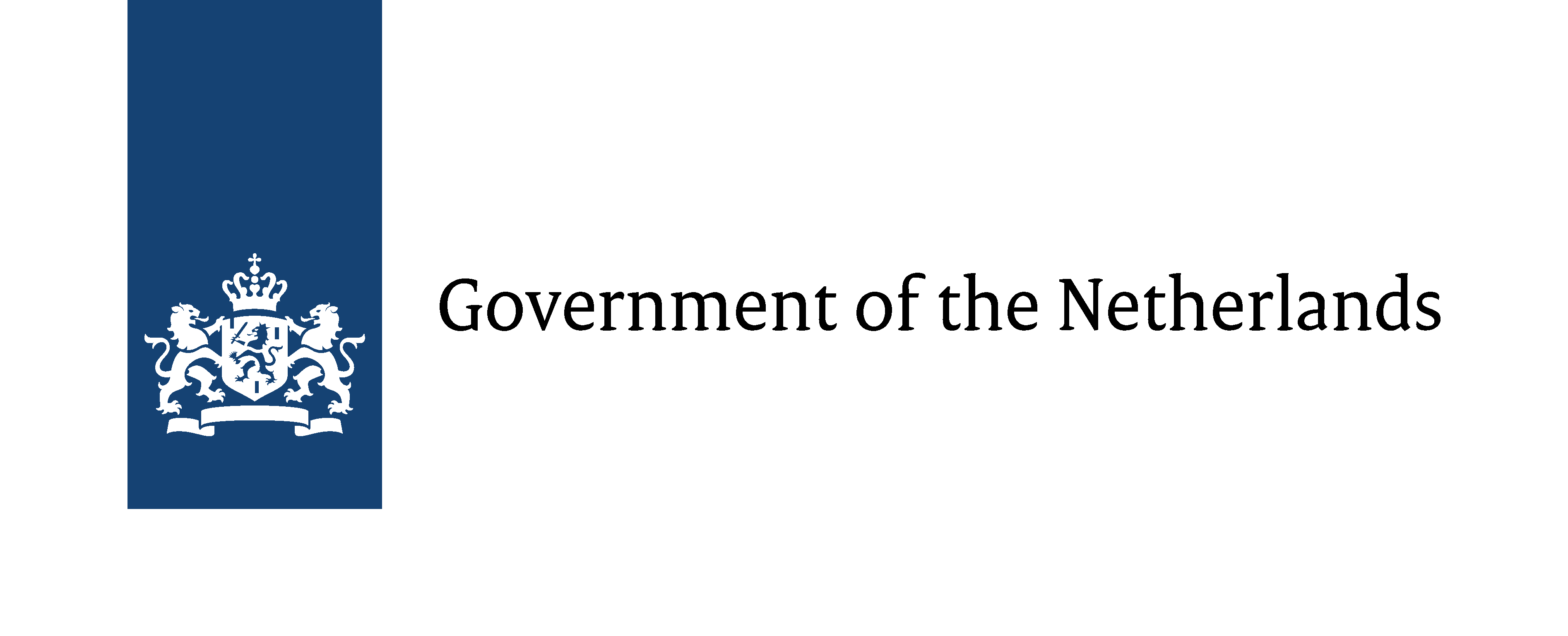
The island of Manhattan in New York was once a green stretch of land, rich with biodiversity and part of a much larger wetland. In the 17th century, the Dutch developed the area into a colony and transformed its coasts, rivers and streams into infrastructural roads and assets. For example, they enlarged a small stream to create a canal called the ‘Heere Gracht’ (along modern Broad Street) and linked it with the coast to enable merchants to deliver their cargo. They also used Manhattan’s outer banks for agriculture and created new coastlines by dumping soil and waste along specific fringes of the main island.
This first land reclamation project was supervised by Peter Stuyvesant, during the time he took over the governorship of the colony in 1646. In the 1650s, the Dutch government strengthened the eastern shoreline of Manhattan with a wall of submerged planks, reinforced by trash and dirt. This provided for a walkway on top of the wall. This type of coastline reclamation was the first of four major expansions of coast in the history of New York City.
In short, cultural heritage is intrinsically involved with the historical management of urban coastal land. In 2013, ICOMOS Netherlands organized a conference on this relationship in particular. The book Water & Heritage: Material, Conceptual and Spiritual Connections, which was published as a follow-up to the conference, included an article about the historical development of Manhattan and the preservation of New York City’s historic coast.
Project
"ICOMOS Conference Water and Heritage. Protecting Deltas: Heritage Helps"
With this conference, ICOMOS-NL aimed to raise international awareness of the connection between water and heritage and will bring together experts from both fields. The role and position of heritage can be an inspiring point of departure in raising awareness of historic delta protection

